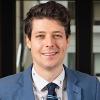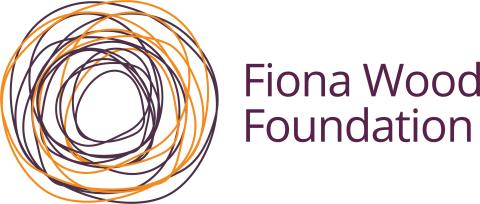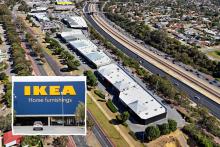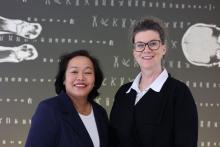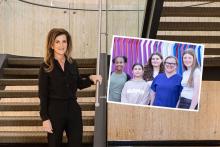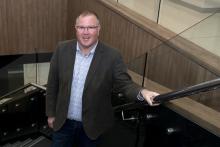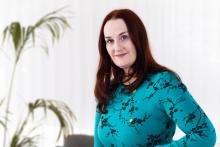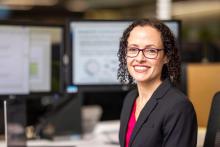Technology is dramatically expanding access to and the effectiveness of healthcare from the cities to WA’s most remote parts.

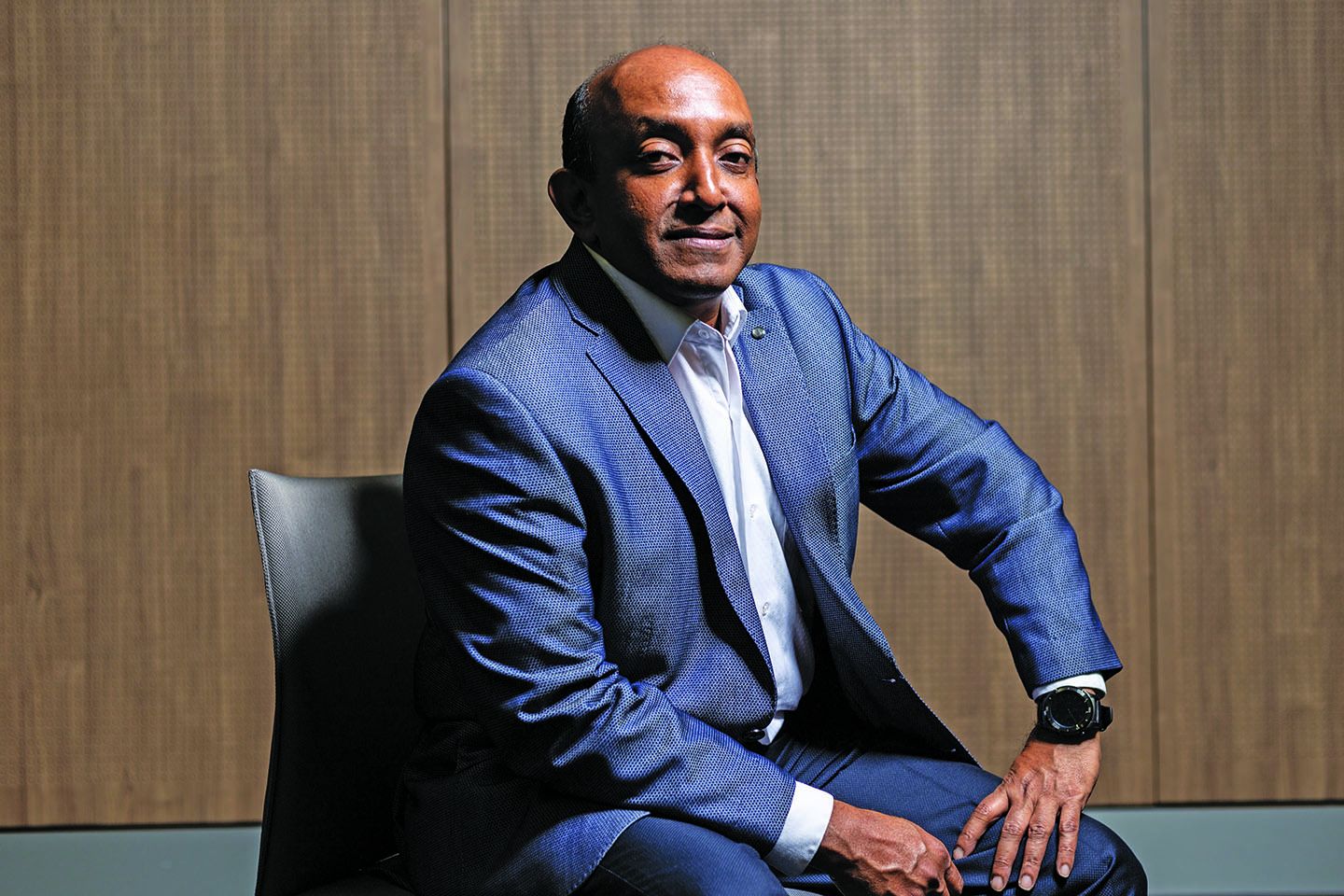
Technology is dramatically expanding access to and the effectiveness of healthcare from the cities to WA’s most remote parts.
Telehealth has come a long way since Yogesan Kanagasingam moved from Norway to Western Australia in the 1990s.
More than two decades ago, Australia was lagging in its adoption of the technology, which allows patients and medical professionals to interact remotely using devices such as computers or mobile phones.
The intervening period has been one of significant change, however, with more than 60,000 telehealth appointments now made annually in WA.
Most were through the WA Country Health Service and Royal Flying Doctor Service.
(Click here to read a pdf of the full 12-page liftout)
Professor Kanagasingam, who is now the head of telemedicine and mobile health at the CSIRO, believes the benefits will extend beyond the bush.

Photo: Gabriel Oliveira
“Telemedicine is well advanced nowadays in Australia … it is getting to the stage it is part of the mainstream,” Professor Kanagasingam told Business News.
“There’s a long wait list for ophthalmology at Royal Perth Hospital and public hospitals, which is unnecessary, they don’t need to be on a wait list.
“In 20 years’ time, screenings will be done at primary care level, using artificial intelligence and other things, and then primary care providers will manage their patients (and determine) whether specialists need to see their patients.”
Home-based monitoring is one example of telehealth that can have an impact in cities as well as regions.
“Somebody comes for a heart operation, and then they go back and [are] managed from home,” Professor Kanagasingam said.
Another example of telehealth’s utility is the development of a mobile application that will enable general practitioners to send photos and data to specialists for a rapid response analysis.
Professor Fiona Wood, best known for her work treating burns victims, is involved in a project to do just that.
Professor Kanagasingam is passionate about the technology’s potential role in screening for diseases at the primary care level.
“I developed a portable device when I was at Lions Eye Institute … for diagnosing eye diseases, retinal and anti-retinal,” he said.
“It was very low cost, at that time (existing) devices were costing $50,000.
“I thought something was wrong.”
Some of the technology was licensed to an Israeli company later bought by IBM, while a Singapore-based business, TeleMed-C, is commercialising devices off the back of Professor Kanagasingam’s work.
NASA uses one of those devices, the Smart-I, to monitor eye health on the International Space Station, he said.
“They’re planning for a Mars trip,” Professor Kanagasingam said.
“They’re asking what are the things that could happen if astronauts stay a long time in space?”
The devices are much less expensive than alternatives, he said, at around $5,000 compared with $30,000.
“I want to see this device on each and every GP’s table,” Professor Kanagasingam said.
“You can change entirely the screening program, it could be used to screen for heart disease and other things, systemic diseases.”
Artificial intelligence
It’s widely predicted that artificial intelligence will create massive opportunities for medicine.
Techniques such as machine learning can be used to train a computer program, known as a neural network, to recognise small details in images that can be an indicator of a person’s
health.
Sometimes these are nearly imperceptible to a human eye.

Martyn Symons. Photo: Gabriel Oliveira
Telethon Kids Institute post-doctoral research fellow Martyn Symons is using these techniques, known as computer vision, to screen for kids who have neurodevelopmental difficulties.
A computer can detect minute differences in the faces of children with Fetal Alcohol Spectrum Disorder, making a diagnosis possible even when details about alcohol use during pregnancy are not available.
At the Harry Perkins Institute of Medical Research, Wesfarmers chair in cardiology, Girish Dwivedi, is using machine learning techniques to detect heart disease.
Professor Dwivedi is working with Perth startup Artrya.
The product will read angiogram scans and, using computing power, can reduce a diagnosis time from up to a week to about 10 minutes.
Professor Kanagasingam’s work has included using computer vision to analyse eye images for signs of diabetes.
More than 1 million Australians have diabetes, with a third of these people expected to have sight impairment to some degree. Early detection of problems can help prevent irreversible loss of sight.
Using AI means many more patients can be easily examined, and will dramatically extend the power of ophthalmologists – they’ll be freed-up to spend more time treating
patients.
Professor Kanagasingam was an Australian of the Year finalist in 2015 for this work.
His other projects include preventing heart disease and Alzheimer’s.
“If you can identify those who are high risk of getting heart diseases (early), you can change their lifestyle,” Professor Kanagasingam said.
Long distance
WA Country Health Service executive director of innovation and development WA, Robyn Sermon, told Business News telehealth appointments at the CHS had grown from about 500 in 2012 to 19,000 in 2018.
Ms Sermon said the service had focused on emergency telehealth, setting up a command centre in the city with doctors available 24-7 to connect with regional services.
“We have 80 regional emergency departments,” she said.
“Each of those 80 now has video access to highly trained doctors [in Perth].”
That provides a backup to doctors on the ground.
New services are now coming on line, such as mental health and psychiatry consulting from the command centre, and inpatient telehealth.
“If a local GP is away on leave, or sick, what we’ve had to do in the past is move patients to a larger hospital with doctors,” Ms Sermon said.
“Now we leave them there, where it’s clinically appropriate, and there is a ward round done with an iPad.
“We had an example a few weeks ago; a palliative patient got to die in their hometown, rather than get moved and then be hundreds of kilometres away ... the family would have [had] to come across too.”
Within five years, Ms Sermon said, there would be remote advanced monitoring of acute patients.
This might use wearable technology and would be backed up by AI, which she said was becoming effective at picking up when a person’s condition was deteriorating.

The Royal Flying Doctor Service. Photo: Attila Csaszar
Another big telehealth deliverer is the Royal Flying Doctor Service, which provided nearly 45,000 telehealth consultations in WA in the 2018 financial year.
RFDS has recently begun a telehealth primary care service to Eucla.
One practical example of the impact was a person who had an asthma attack in a remote indigenous community, where telehealth was used to coordinate an on-the-ground response while aerial support flew in, a spokesperson said.
Assistive technology
There has been mass adoption of smart technology during the past decade, such as phones and speakers. About 17 million Australians have smart phones, for example.
This technology is having an immense impact helping people with disabilities engage with the wider world.
Rocky Bay runs a facility with around 150 staff and volunteers in Cockburn to prepare and curate assistive technology for people with disabilities.
The investment was about $9 million, supported by Lotterywest.
The technology used depends on individual circumstances, Rocky Bay manager therapy professional services Cheryl Lockwood said.
Devices such as the Google Home are particularly handy because they can be voice activated.
“[T]he advent of smart technology really opened up the whole market for our clients,” Ms Lockwood told Business News.
“If we went back probably five or 10 years, you were looking at completely smart wiring a house.”
Assistive technology can be used to control lights, a front door, turn a television off and on, or move a bed up and down, reducing reliance on carers and increasing flexibility for patients.

Joey Harrall has been one beneficiary of Rocky Bay’s support, using a switch that can be moved by his head to control a computer system on his wheelchair to speak for him.
“Without assistive technology, I would be nothing,” Mr Harrall said.
“My chair has bluetooth for interfacing with phones, tablets, laptops and anything else that can support a bluetooth mouse or bluetooth switch input device.
“My chair also ... allows me to lift up to look at people in the eye, without them needing to look down at me while I’m speaking to them.”
In Mr Harrall’s case, the technology enabled him to complete a certificate IV program through Rocky Bay to mentor people with disabilities.
He said the training had enabled him to support other people going through similar experiences.
“Peer-to-peer support is so important, you can talk more freely with someone who has similar living experience to yourself,” Mr Harrall said.
Rocky Bay chief executive Michael Tait said he was passionate about driving the take up of assistive technology.
“We’ve come a long way,” he said.
“The key thing is about connection to the world, choice and independence.
“I’m sure we’re still scratching the surface, there’s so much difference technology can make in our world.”
Mr Tait said the use of assistive technology was an international trend, and Rocky Bay was aligned with other providers through Ability First Australia.
“We’ve been on the journey longer than most,” he said.
“Technology is moving so fast, and becoming so accessible in terms of the cost.
“We don’t need to reinvent the wheel, but we need to connect the customer to the technology that’s been made available.”
Mr Tait said there would be about $1 billion of funding for technology allocated through the National Disability Insurance Scheme.
“We’ve got a burgeoning internal cottage industry in Rocky Bay,” he said.
“The next two or three years, it’s really about partnering and learning from the Rio Tintos of the world.”


